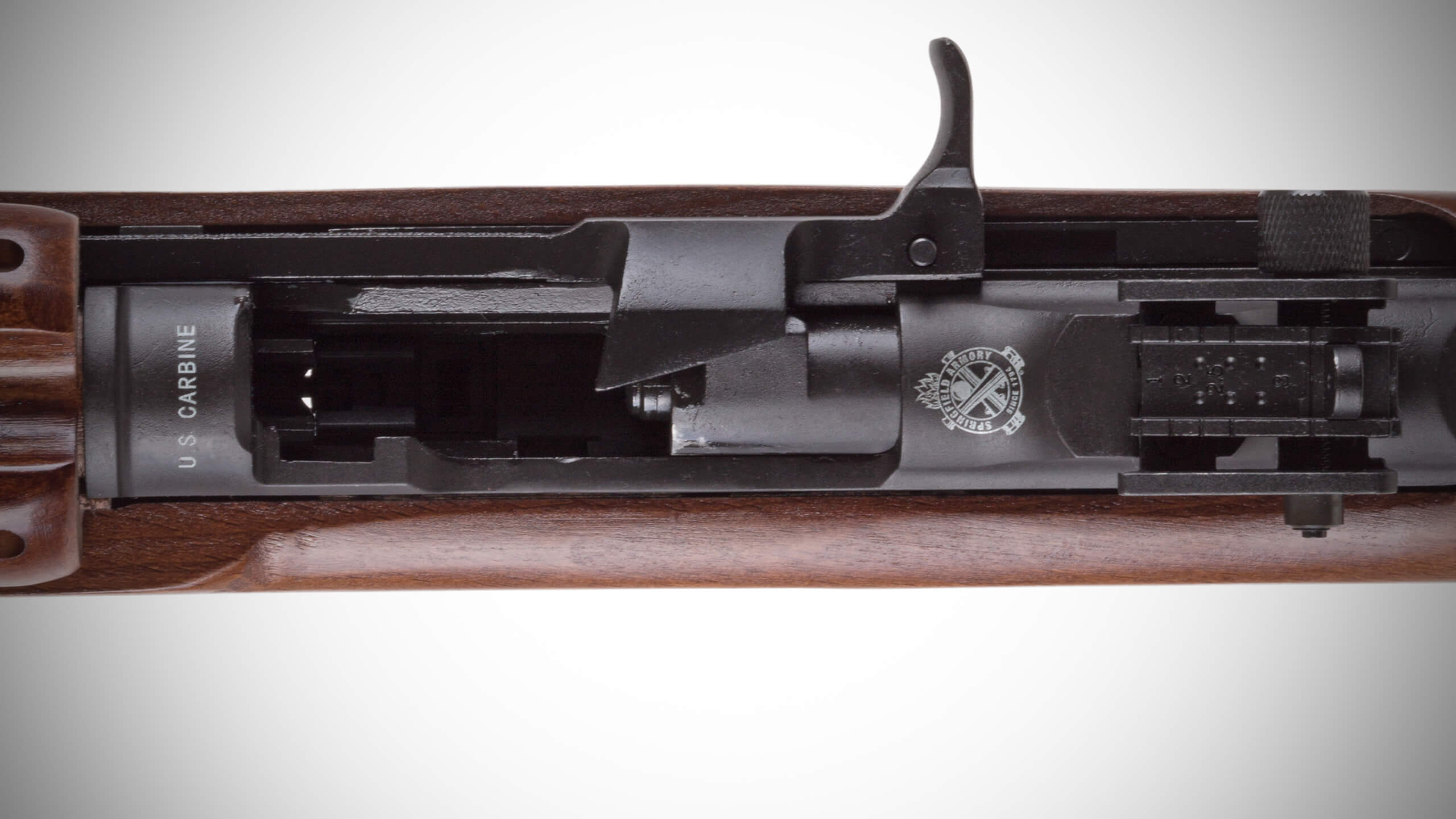Hello all, here is today's article posted on TheArmoryLife.com. It is titled “A Century of Springfield Military Rifles — and Beyond” and can be found at https://www.thearmorylife.com/a-century-of-springfield-military-rifles-and-beyond/.



Talyn, that struck me as well when I proofed it the first time, but I hated to change GunSpot's "take" on it and put words in their mouth. I have a message out to them on it now to verify their thoughts on that. Will advise what I hear back. Thanks for reading!"The .30-40 Krag round has noticeably more recoil than the previous .45-70 cartridge."
What? My Krag has noticeably "less" recoil than a .45-70.
In the two models shot in the video that was not our experience. Both have a good bit of recoil but shooting them back to back we felt the Krag has much more felt recoil in the shoulder. The Krag is quite a bit faster. Our load was a 180-grain projectile that travels at 2,430 fps at the muzzle while the 45-70 is larger it's only traveling at 1330fps over 1,000 fps slower. I think that is what leads to more perceived recoil in the shoulder. Thanks for watching!"The .30-40 Krag round has noticeably more recoil than the previous .45-70 cartridge."
What? My Krag has noticeably "less" recoil than a .45-70.
GunSpot, thanks for dropping in and responding!In the two models shot in the video that was not our experience. Both have a good bit of recoil but shooting them back to back we felt the Krag has much more felt recoil in the shoulder. The Krag is quite a bit faster. Our load was a 180-grain projectile that travels at 2,430 fps at the muzzle while the 45-70 is larger it's only traveling at 1330fps over 1,000 fps slower. I think that is what leads to more perceived recoil in the shoulder. Thanks for watching!
I do agree that going into the side-by-side comparisons we expected the 45-70 to be the roughest to shoot but we didn't think it was."The .30-40 Krag round has noticeably more recoil than the previous .45-70 cartridge."
What? My Krag has noticeably "less" recoil than a .45-70.
| Cartridge | Rifle Weight (lbs) | Recoil Energy (ft-lbs) | Recoil Velocity (ft/s) |
|---|
| .45-70 (405 at 1330) | 7.5 | 18.7 | 12.7 |
| .45-70 (350 at 1900) | 7.0 | 37.9 | 18.7 |
| .45-70 (300 at 1800) | 7.0 | 23.9 | 14.8 |
| .30-40 Krag (180 at 2430) | 8.0 | 16.6 | 0 |
OMG!!! How could you NOT mention Springfield’s M1 Carbine?Hello all, here is today's article posted on TheArmoryLife.com. It is titled “A Century of Springfield Military Rifles — and Beyond” and can be found at https://www.thearmorylife.com/a-century-of-springfield-military-rifles-and-beyond/.

Springfield never manufactured the M1 Carbine.OMG!!! How could you NOT mention Springfield’s M1 Carbine?
One of the most manufactured firearms of WW2.
Inland Manufacturing Division, G.M.C...... | 2,632,097 | 43.0% | |
Winchester Repeating Arms Co................ | 828,059 | 13.5% | |
Underwood-Elliot-Fisher Co.................. | 545,616 | 8.9% | |
| * | Saginaw Steering Gear Div., G.M.C........... | 517,212 | 8.5% |
| ** | National Postal Meter Co.................... | 413,017 | 6.8% |
| *** | Quality Hardware & Machine Co............... | 359,666 | 5.9% |
International Business Machines Corp (IBM).. | 346,500 | 5.7% | |
Standard Products Co........................ | 247,160 | 4.0% | |
Rock-Ola Co................................. | 228,500 | 3.7% | |
--------- | |||
| Total: | 6,221,220 |
According to Springfield’s magazine, they did and wrote an article about it including photos. So, either they are wrong or you are? Check their recent publications.Springfield never manufactured the M1 Carbine.
M1 Carbine Production
* ** *** Total:
Source: https://fulton-armory.com/faqs/M1C-FAQs/M1Carbine.htm
Link to the article?According to Springfield’s magazine, they did and wrote an article about it including photos. So, either they are wrong or you are? Check their recent publications.
I only know what I saw and read in”The Armory”.Link to the article?
And are you sure you aren’t confusing it with the M1 Garand?
Because I know for certain, I have NEVER seen a Springfield M1 Carbine.
So, an article about the arms developed by a government arsenal with which you share nothing with but an appropriated name. You try to make a connection by including you own product at the end. Rather disingenuous.Hello all, here is today's article posted on TheArmoryLife.com. It is titled “A Century of Springfield Military Rifles — and Beyond” and can be found at https://www.thearmorylife.com/a-century-of-springfield-military-rifles-and-beyond/.

Pretty sure you’ve got it confused with a Garand—which Springfield DID make millions of.I only know what I saw and read in”The Armory”.
I only know what I saw and read in”The Armory”.

As per HGs point, the original Springfield Armory never manufactured a receiver, nor a M1/M2 carbine in WW2 or the Korean War.According to Springfield’s magazine, they did and wrote an article about it including photos. So, either they are wrong or you are? Check their recent publications.
